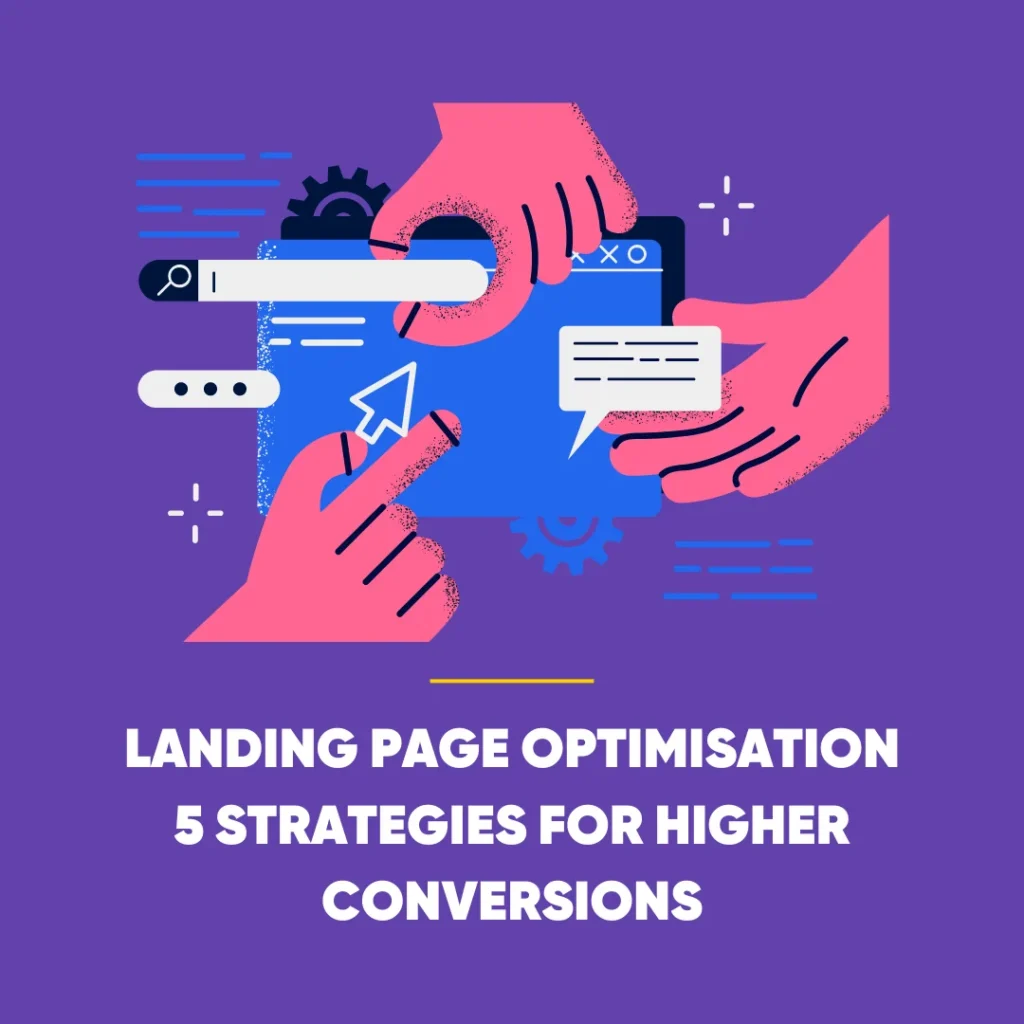How to Be a Better SEO Writer
When it comes to improving your online presence, understanding the ins and outs of SEO is crucial. A website with good SEO will be among the first search results for readers when trying to find your business or related products and services. However, with bad SEO, companies will be difficult for readers to find on the internet and can lead to severe business failures.
Whether you’re writing for your own company or for a client, knowing how to improve your writing to be more SEO-friendly will ultimately lead to business success. According to the SEO experts, here are some simple ways to improve your SEO writing.
Why SEO Writing Works
SEO is important for businesses it’s the set of metrics that determines whether websites are easily searchable online. Businesses can use a variety of strategies such as localizing their blog content for SEO or even using social media to improve their SEO.
One easy way to determine how well your SEO is is by searching for your company or product/service online. If your website is among the top results, you should be excited. However, if your competitors are above, you in the results, especially if you search for your company name then you should definitely focus on improving your SEO.
SEO is a dynamic digital marketing activity that constantly needs to be perfected. Even if you’ve invested in and improved your SEO in the past, things can change quickly so you always need to stay alert.
Writing for SEO [5 Steps]
SEO writing involves researching and creating content that is regularly searched online. SEO writers should write blogs, articles, and other content that includes keywords and phrases that are commonly searched for by people that are related to your business, location, and product or service.
Below are 5 common steps that SEO experts agree are necessary for creating SEO-optimized content.
1. Do a Keyword Search
The first step in improving or creating SEO-optimized content is doing a keyword search. First, think of a keyword or phrase people might type into a search engine when looking for your product or service. This is known as your seed keyword.
For instance, if you’re a caterer in London, your seed keyword will likely be ‘Catering’ or ‘Caterer’.
From here, you can use a keyword searcher like Ahrefs or Google Analytics that will provide you a list of phrases and related keywords that you should include in your Articles. In the same example about catering in London, you may get keyword phrases like ‘Best London Catering Service’, ‘London Caterer’, “Catering London’, and so forth.
2. Determine Search Intent
Once you have a list of primary keywords and phrases, you will also want to look at search intent. This is the understanding of why people are searching for your content. For instance, is it the content type, content format, or content angle?
Content Type
The content type is the format of the content such as blogs, videos, landing pages, etc. Depending on the type of keywords reports you run, like a Questions report (what questions are people searching) or a Phrase report (what phrases are people searching), the type of content you should create can vary.
Content Format
The most typical formats you will see for blogs are how-to, listicles, opinion pieces, or educational articles. By searching your keyword phrase for ‘Best Catering London’, you may find articles like ’15 Best Caterers in London’, which can inform you on the type of content you should create.
Content Angle
When searching your keywords, try to take notice of the perspective or trends in the article titles. For instance, if common search results for ‘Best Catering London’ include words like ‘for Weddings’ or ‘in 2022’, then your content should include these types of phrases.
3. Determine the Necessary Subtopics
While you likely have the main parts needed to create an SEO-optimized blog through keyword searches and search intent, determining related subtopics is crucial to becoming the top search result in your field.
Businesses should analyze competitors’ content, industry trends, article headlines, and more to determine what other topics should be covered in their content. If you’re a catering company in London, you should not only write about catering, but maybe write about event planning, wedding season, industry trends, cooking, and other related topics. This will increase your chances that your website is found when users are searching for anything related to your content. This is essentially like trying to cast the widest net possible.
4. Create an Outline
Creating an outline is the best way to stay organized in your content creation activities. It can be easy for digital marketing teams to stray away from the focus of certain content and provide too much detail or not enough relevant detail to your purposes.
A great way to determine what’s important is deciding what’s ‘Nice to Have’ and what’s ‘Need to Have’. If you believe a piece of information is necessary for readers or customers to understand, then it must be included. However, often ‘Nice to Have’ content takes over because it can be more entertaining such as fun facts or anecdotes.
5. Write a Draft
Now that you have all the pieces together, it’s time to actually create the content. Although it can be tempting to write a highly technical article since you’re the expert in the room, it’s important to remember that your readers might not understand and know as much as you do.
Remember to write in a simple, easy-to-understand manner to not overwhelm the readers. Your content should be short and to the point, while also being educational and entertaining.
Content will often go through 2-3 rounds of editing before being published online, so don’t worry if it takes time to get the hang of it!
SEO is Always Important
Whether you’re a new business in your area or a well-established company, you will need to focus on SEO. SEO is forever changing and will determine how searchable your company is online. If you want to succeed in the digital era, then creating SEO-optimized content is a must.








